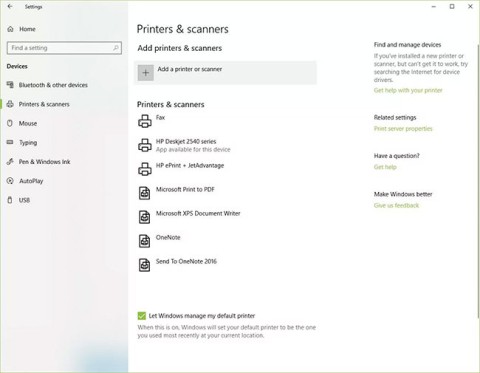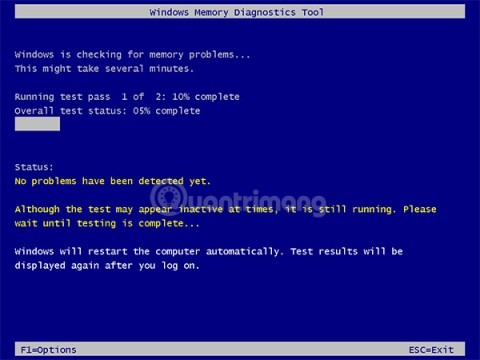Comment récupérer laccès au disque dur, corriger lerreur dimpossibilité douvrir le disque dur

Dans cet article, nous vous expliquerons comment récupérer l'accès à votre disque dur en cas de panne. Suivez-nous !
What is a meridian? What is a parallel? If you don't have an answer, the article below will tell you what you need to know about meridians and parallels.
Every place on earth has a global address. Because addresses are numbers, people can tell each other where they have been in any language. Global addresses are given as two numbers called coordinates. These two numbers are latitude and longitude ("Lat/Long").
5 important latitudes
In addition to the equator, the Tropic of Cancer, the Tropic of Capricorn, the Arctic Circle, and the Antarctic Circle are the five circles of latitude found on most maps and globes.
The Tropic of Cancer marks the northernmost point on Earth. At this position, the sun is directly overhead on the June solstice. The June solstice is the longest day of the year in the Northern Hemisphere because the Northern Hemisphere is tilted toward the sun. It is also the shortest day of the year in the Southern Hemisphere because the Southern Hemisphere is tilted away from the sun.
Similarly, the Tropic of Cancer marks the southernmost point on Earth, where the sun is directly overhead on the December solstice. The December solstice is the longest day of the year in the Southern Hemisphere because it is tilted toward the sun, and the shortest day of the year in the Northern Hemisphere because it is tilted away from the sun.
What is a meridian?
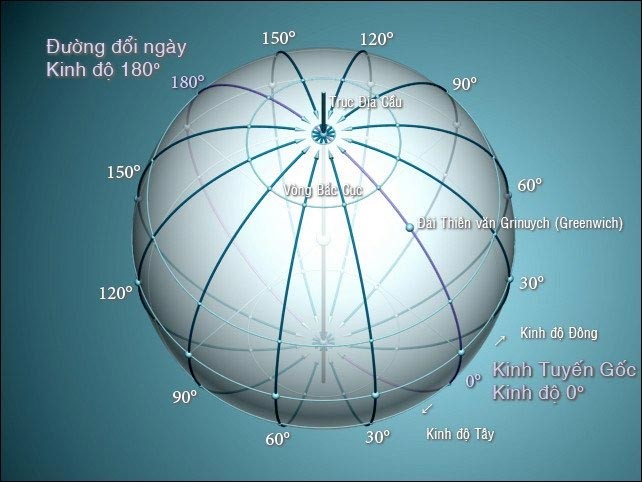
A meridian is a semicircle on the Earth's surface, connecting the poles, pointing north and south and intersecting the equator at right angles. The meridian is about 20,000km long.
The line of longitude running through the Greenwich Observatory in London is the 0° meridian, also known as the prime meridian. The plane of the 0° meridian and the 180° meridian divides the Earth into the Eastern Hemisphere and the Western Hemisphere.
Different types of meridians include:
What is latitude?
A parallel of latitude is an imaginary circle connecting all points of the same latitude, oriented east to west on Earth. The position on a parallel of latitude is determined based on the coordinates of longitude. The intersection of a parallel of latitude and a meridian is always perpendicular. The closer to the poles of the Earth, the smaller the diameter of a parallel of latitude.
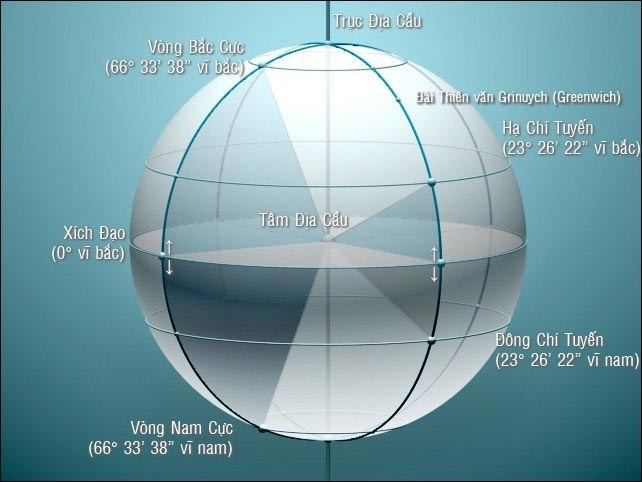
There are 5 special parallels to mark the Earth map including:
The Tropic of Cancer and the Tropic of Capricorn are the northern and southern boundaries of the lands where at least one time of the year the Sun can be seen passing overhead.
The Arctic Circle and the Antarctic Circle are the boundaries of the regions where the Sun is visible during at least one midsummer day of the year.
How many meridians and parallels are there on Earth?
There are a total of 181 parallels of latitude on Earth, including the equator, which is a special parallel. The original parallel is the equator. The parallels are parallel to each other and never intersect.
There are 360 meridians on Earth. The Prime Meridian is numbered 0° and runs through the Greenwich Observatory on the outskirts of London, England. The meridians meet at the North Pole and the South Pole.
Tropics and Polar Circles on Earth
What is the Tropic of Cancer?
The Tropic of Cancer is the name of two parallels of latitude +23°26'22” and -23°26'22” north and south of the Earth's equator, which are the boundaries of the temperate and tropical belts.
Thus, on Earth there are two Tropics: the Northern Tropic, also known as the Tropic of Cancer, and the Southern Tropic, also known as the Tropic of Capricorn.
What is the polar circle?
Polar circles are imaginary lines on the surface of the Earth. Polar day or night (white nights or sunless days) sometimes occur at points from these lines to the poles. There are two polar circles on Earth (the North Polar Circle and the South Polar Circle).
There are 2 polar circles: The North Polar Circle: 66033N and the South Polar Circle: 66033N
Longitude, latitude and geographic coordinates
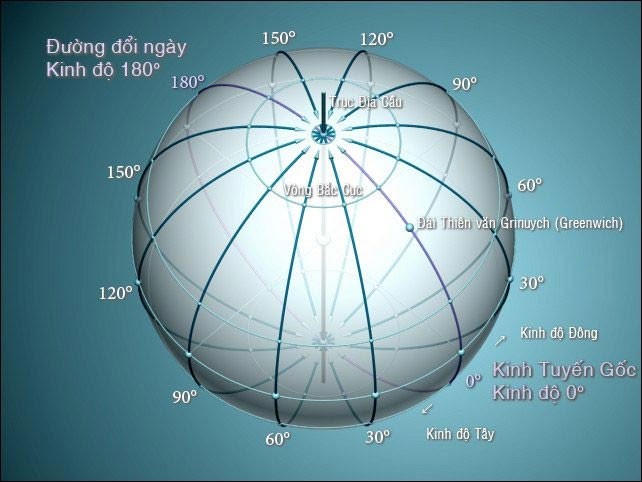
The longitude of a location is the distance in degrees from the meridian passing through that point to the prime meridian.
The latitude of a point is the distance in degrees from the parallel passing through that point to the original parallel.
Geographic coordinates are the intersection of the longitude and latitude of that point on a map or globe.
Dans cet article, nous vous expliquerons comment récupérer l'accès à votre disque dur en cas de panne. Suivez-nous !
À première vue, les AirPods ressemblent à n'importe quel autre écouteur sans fil. Mais tout a changé avec la découverte de quelques fonctionnalités peu connues.
Apple a présenté iOS 26 – une mise à jour majeure avec un tout nouveau design en verre dépoli, des expériences plus intelligentes et des améliorations des applications familières.
Craving for snacks but afraid of gaining weight? Dont worry, lets explore together many types of weight loss snacks that are high in fiber, low in calories without making you try to starve yourself.
Rest and recovery are not the same thing. Do you really need rest days when you schedule a workout? Lets find out!
Les étudiants ont besoin d'un ordinateur portable spécifique pour leurs études. Il doit être non seulement suffisamment puissant pour être performant dans la filière choisie, mais aussi suffisamment compact et léger pour être transporté toute la journée.
L'ajout d'une imprimante à Windows 10 est simple, bien que le processus pour les appareils filaires soit différent de celui pour les appareils sans fil.
Comme vous le savez, la RAM est un composant matériel essentiel d'un ordinateur. Elle sert de mémoire pour le traitement des données et détermine la vitesse d'un ordinateur portable ou de bureau. Dans l'article ci-dessous, WebTech360 vous présente quelques méthodes pour détecter les erreurs de RAM à l'aide d'un logiciel sous Windows.
Refrigerators are familiar appliances in families. Refrigerators usually have 2 compartments, the cool compartment is spacious and has a light that automatically turns on every time the user opens it, while the freezer compartment is narrow and has no light.
Wi-Fi networks are affected by many factors beyond routers, bandwidth, and interference, but there are some smart ways to boost your network.
Si vous souhaitez revenir à la version stable d'iOS 16 sur votre téléphone, voici le guide de base pour désinstaller iOS 17 et rétrograder d'iOS 17 à 16.
Le yaourt est un aliment merveilleux. Est-il bon de manger du yaourt tous les jours ? Si vous mangez du yaourt tous les jours, comment votre corps va-t-il changer ? Découvrons-le ensemble !
Cet article présente les types de riz les plus nutritifs et comment maximiser les bienfaits pour la santé du riz que vous choisissez.
Établir un horaire de sommeil et une routine de coucher, changer votre réveil et ajuster votre alimentation sont quelques-unes des mesures qui peuvent vous aider à mieux dormir et à vous réveiller à l’heure le matin.
Get Bathroom Tower Defense Roblox game codes and redeem them for exciting rewards. They will help you upgrade or unlock towers with higher damage.





